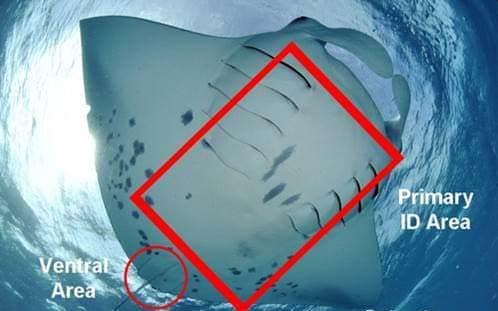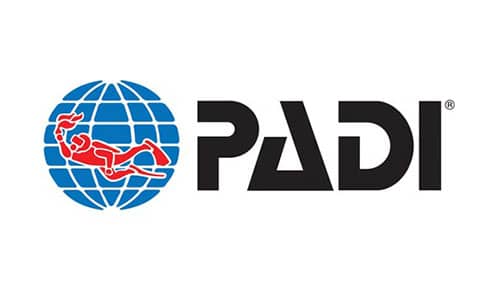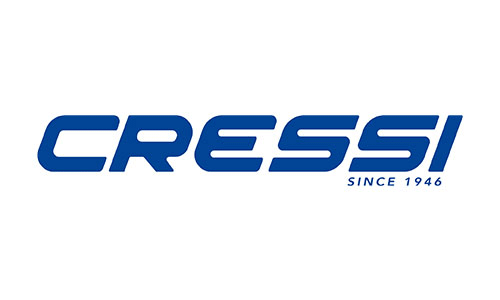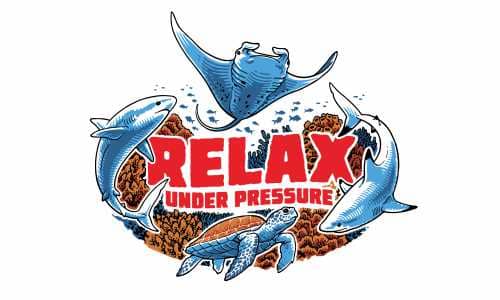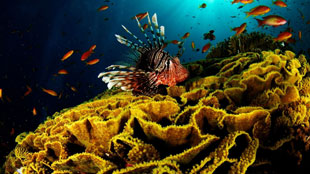
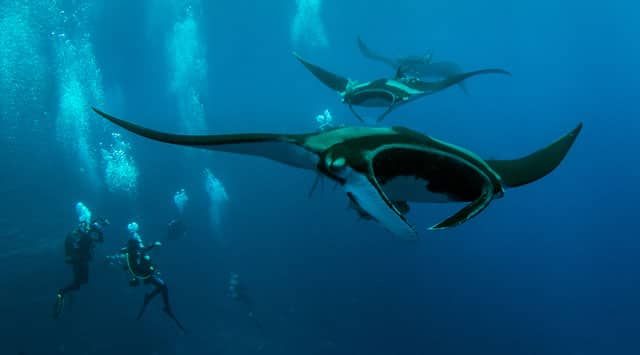
Mantas survey in the Maldives
In collaboration with «Manta Trust»
INTRODUCTION: Baa Atoll has an international reputation as one of the most reliable places in the world to see Manta Rays. These animals frequent the waters of Baa Atoll due to the conditions created by the South Asian Monsoon, which provides an abundant source of food for these planktivorous creatures in the region.
Recognition of individuals within a population is a key issue for most behavioral and ecological studies of wild animals.
MATERIALS AND METHODS: Every manta ray has its own pattern of spots on its belly, or ventral surface. These spot patterns can be used to identify individual manta rays much in the same way fingerprints can be used to identify humans. By cataloguing photo IDs of manta rays, we can develop a better understanding of how large the local population is, and how its individuals are utilizing certain sites in the area and travelling throughout the region.
A photograph of the ventral surface is the most important, as it reveals the individual’s identity, and also shows the sex of the animal, which can be used to calculate proportions of males and females in the population.
The best photo ID captures the entire underside of the manta, but sometimes manta encounters can be short, so it’s important to photograph the most indicative portion of the animal in a pinch.
The area between the gill slits and the lower belly is the most critical for identification, while the rest of the ventral surface can be useful if two individuals have similar pattern.


